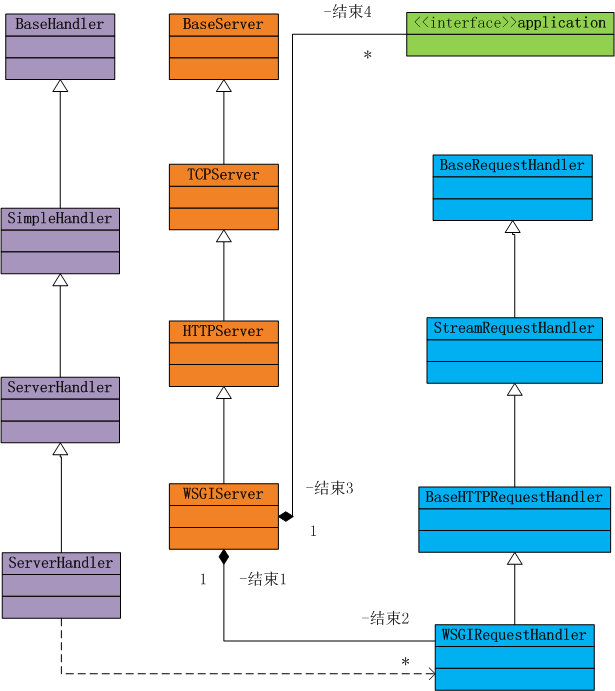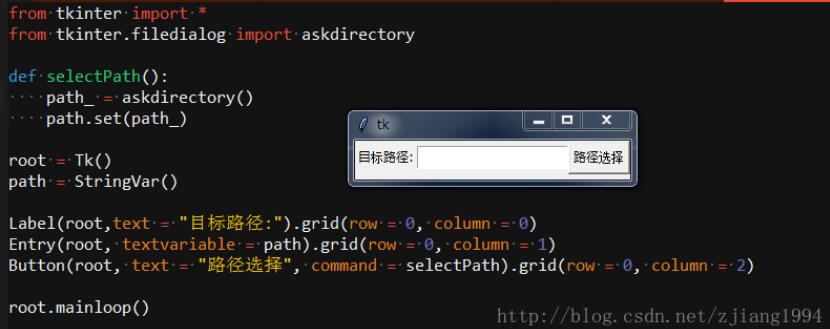探究Python多进程编程下线程之间变量的共享问题
1、问题:
群中有同学贴了如下一段代码,问为何 list 最后打印的是空值?
from multiprocessing import Process, Manager
import os
manager = Manager()
vip_list = []
#vip_list = manager.list()
def testFunc(cc):
vip_list.append(cc)
print 'process id:', os.getpid()
if __name__ == '__main__':
threads = []
for ll in range(10):
t = Process(target=testFunc, args=(ll,))
t.daemon = True
threads.append(t)
for i in range(len(threads)):
threads[i].start()
for j in range(len(threads)):
threads[j].join()
print "------------------------"
print 'process id:', os.getpid()
print vip_list
其实如果你了解 python 的多线程模型,GIL 问题,然后了解多线程、多进程原理,上述问题不难回答,不过如果你不知道也没关系,跑一下上面的代码你就知道是什么问题了。
python aa.py process id: 632 process id: 635 process id: 637 process id: 633 process id: 636 process id: 634 process id: 639 process id: 638 process id: 641 process id: 640 ------------------------ process id: 619 []
将第 6 行注释开启,你会看到如下结果:
process id: 32074 process id: 32073 process id: 32072 process id: 32078 process id: 32076 process id: 32071 process id: 32077 process id: 32079 process id: 32075 process id: 32080 ------------------------ process id: 32066 [3, 2, 1, 7, 5, 0, 6, 8, 4, 9]
2、python 多进程共享变量的几种方式:
(1)Shared memory:
Data can be stored in a shared memory map using Value or Array. For example, the following code
http://docs.python.org/2/library/multiprocessing.html#sharing-state-between-processes
from multiprocessing import Process, Value, Array
def f(n, a):
n.value = 3.1415927
for i in range(len(a)):
a[i] = -a[i]
if __name__ == '__main__':
num = Value('d', 0.0)
arr = Array('i', range(10))
p = Process(target=f, args=(num, arr))
p.start()
p.join()
print num.value
print arr[:]
结果:
3.1415927 [0, -1, -2, -3, -4, -5, -6, -7, -8, -9]
(2)Server process:
A manager object returned by Manager() controls a server process which holds Python objects and allows other processes to manipulate them using proxies.
A manager returned by Manager() will support types list, dict, Namespace, Lock, RLock, Semaphore, BoundedSemaphore, Condition, Event, Queue, Value and Array.
代码见开头的例子。
http://docs.python.org/2/library/multiprocessing.html#managers
3、多进程的问题远不止这么多:数据的同步
看段简单的代码:一个简单的计数器:
from multiprocessing import Process, Manager
import os
manager = Manager()
sum = manager.Value('tmp', 0)
def testFunc(cc):
sum.value += cc
if __name__ == '__main__':
threads = []
for ll in range(100):
t = Process(target=testFunc, args=(1,))
t.daemon = True
threads.append(t)
for i in range(len(threads)):
threads[i].start()
for j in range(len(threads)):
threads[j].join()
print "------------------------"
print 'process id:', os.getpid()
print sum.value
结果:
------------------------ process id: 17378 97
也许你会问:WTF?其实这个问题在多线程时代就存在了,只是在多进程时代又杯具重演了而已:Lock!
from multiprocessing import Process, Manager, Lock
import os
lock = Lock()
manager = Manager()
sum = manager.Value('tmp', 0)
def testFunc(cc, lock):
with lock:
sum.value += cc
if __name__ == '__main__':
threads = []
for ll in range(100):
t = Process(target=testFunc, args=(1, lock))
t.daemon = True
threads.append(t)
for i in range(len(threads)):
threads[i].start()
for j in range(len(threads)):
threads[j].join()
print "------------------------"
print 'process id:', os.getpid()
print sum.value
这段代码性能如何呢?跑跑看,或者加大循环次数试一下。。。
4、最后的建议:
Note that usually sharing data between processes may not be the best choice, because of all the synchronization issues; an approach involving actors exchanging messages is usually seen as a better choice. See also Python documentation: As mentioned above, when doing concurrent programming it is usually best to avoid using shared state as far as possible. This is particularly true when using multiple processes. However, if you really do need to use some shared data then multiprocessing provides a couple of ways of doing so.
5、Refer:
http://stackoverflow.com/questions/14124588/python-multiprocessing-shared-memory
http://eli.thegreenplace.net/2012/01/04/shared-counter-with-pythons-multiprocessing/
http://docs.python.org/2/library/multiprocessing.html#multiprocessing.sharedctypes.synchronized

